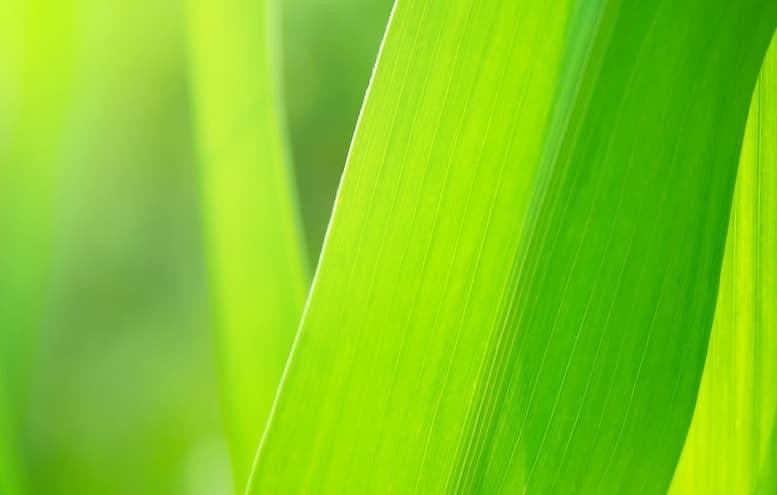
Variable frequency drives (VFDs) are considered among the most significant developments in irrigation pump tech and among other more recent innovations have been increasing irrigation efficiency for a few years now.
Let’s find out more about the part VFDs play in water delivery systems and specifically how they contribute to energy savings, cost savings, improved irrigation pump performance and more control over your landscape.

Variable Frequency Drives have many and varied uses over a range of applications in industry. When we’re talking irrigation, a VFD is an electronic device controlled from an electric panel and attached to the irrigation pump motor. The VFD is used to vary the frequency and voltage supplied to the motor. Frequency (or hertz) is related to the speed (RPM) of a motor, so the higher the frequency, the higher the RPM. The VFD effectively varies the speed of the pump motor to better match the operating conditions of the irrigation well.
Taking an irrigation scenario, what these do is take the voltage that's coming in to the pump station and manipulate it in a way that starts the motor very slowly and very softly. This means the speed of the motor can be very accurately controlled, which, in turn, controls the pressure that's going through the pipe. Without this device, the motor is going to go from zero to full speed - which is really rough on the motor! When it starts pumping the water really fast like that, you get an energy surge that goes out into the main line with the potential to cause major damage.
Without the ability to vary the amount of water you’re delivering through your system, you risk over-watering your turf. Conversely, if there’s not enough water being delivered, you may decide to irrigate for longer to avoid under-watering. Ultimately, both of these situations result in water wastage and higher energy consumption.
Is adding a VFD enough? No, it’s just a part of the puzzle, but the addition of a VFD means the speed of your pump motor will increase or decrease to match demand. Just the right amount of water will be used to meet the needs of your landscaped environment.
There’s an inherent cost associated with the addition of a VFD but this spend will absolutely be outweighed by the long-term benefits of having your irrigation system’s performance adjusted to best match operating conditions. The caveat to this is that clearly, not every situation is the same - putting a brand new VFD into an already inefficient or ancient system that’s continuously cycling due to mainline breaks, for example, might have a positive impact, but the underlying maintenance issues aren’t going to be addressed. An irrigation specialist can always advise on the best irrigation solution - whether that's replacing a pump, installing a VFD or suggesting a complete pump station design and specification - to suit your particular circumstances.
Intelligent control of the irrigation pump motor is the ultimate benefit of a VFD and this translates into using less energy and water, which means your irrigation system will cost a lot less to run. Any kind of variable flow capability will prevent over-pumping and over-pressurizing and, as a result, dramatically boost energy savings. With added confidence in the equipment, you're free to concentrate on maintaining the health and beauty of your landscape.

It reduces the time and money spent on maintenance and repairs. The VFD controls the pump motor’s frequency so the motor will only work as hard as it needs to in order to function at optimal efficiency. That means less mechanical and electrical stress on your irrigation system – and extends the useful life of your equipment.
A VFD will also eliminate the need for additional components on your irrigation pump – an expensive speed-increasing or speed-reducing device, for example.
An article published recently on the AgriTech Tomorrow website looked at the role which VFD’s are playing in helping people working in agriculture around the world operate in a more efficient and effective manner. The travails of someone trying to grow crops in a remote area of sub-Saharan Africa may seem to be a long way from the issues faced by the people running a residential development in Florida – practically as much as geographically – but the principles underpinning any system are just the same. It needs to get the water in question from the source to where it is needed as reliably as possible, using the minimum amount of power, and with the ability to vary the supply to meet changing conditions. The last of these is particularly important, as it highlights the key role VFDs can play in operating a genuinely smart and digitally connected irrigation system capable of adjusting instantly.
The report points out that VFDs can be utilized in combination with other sensors for data gathering and to ensure the pressure of water running through the system remains completely consistent. The same systems mean that an issue such as a leaking pipe can he flagged up much more quickly than was once the case and dealt with before causing extensive damage and water loss – indeed a system can be shut down automatically as soon as such an issue is detected. It’s also noted that in many parts of the world VFDs work together with solar panels in order to run irrigation systems without the need to access an electricity supply. We’ve written in another article about the possibility that solar powered irrigation systems could become an increasingly attractive option for locations in Florida, and VFDs will help to make this a practical possibility.
A report published on the MDPI website, entitled ‘An Overview of Smart Irrigation Management for Improving Water Productivity under Climate Change in Drylands’ covered the same kind of information in much more depth, highlighting the pivotal role played by smart systems in irrigating efficiently in various parts of the world, and the part which VFDs play in such systems.
Taking on board the pivotal role which VFDs play in designing and installing genuinely impactful irrigation systems, with the capability of smart control and in-depth data analytics, it’s probably worth taking a look at what some experts are predicting could be the future of VFDs. The trends picked out in an article published in the Water Well Journal include the following:
Pump systems and VFDs which are designed and built together – rather than VFDs being retrospectively installed on existing systems – will be able to deliver increasingly effective streamlining of operations and maintenance. A large part of this optimization will derive from the combination of soft starts rather than priming and advanced speed controls, both of which will help to reduce wear and tear within a pump.
The most advanced VFD platforms combine pre-programmed parameters with intuitive dashboards to make it easier for owners to run the system with maximum efficiency. Enhanced connectivity also means that the system can be accessed remotely, and that experts such as engineers and technicians can be linked to the system instantly whenever problems arise. Future enhancements could see the different parts of an irrigations system – the pumps, motors, control and sprinkler head, for example – able to ‘share’ data in real time the manner of the Internet of Things, thus constantly monitoring and adjusting operations.
The high levels of efficiency already offered by VFDs could be boosted even further if the VFDs are combined with high efficiency permanent magnet motors. VFDs are the only controls able to work with permanent magnet motors, which run with a consistent synchronous speed at their rated voltage.